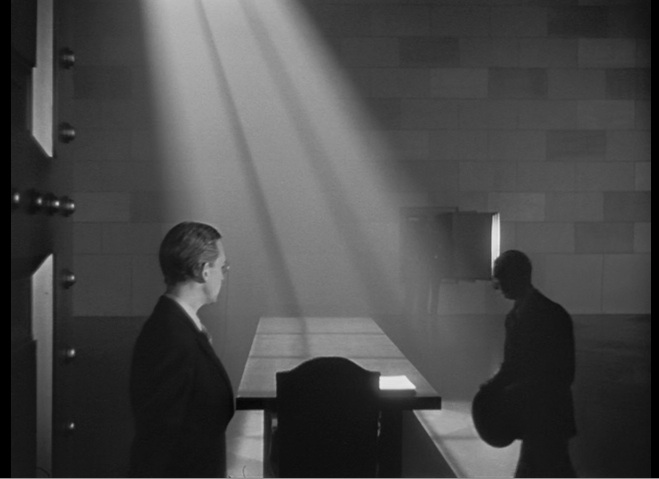Hollywood in the 1940s is classed as the Golden Age of Film. Coming off the back of the Great Depression and with a Second World War looming in the near future, there was an unprecedented wave of production and film noir was becoming the popular genre of the time. The dark and cynical aspect of film noir reflected the way the world and America felt at the time. Citizen Kane is said to be the most iconic film to come out of this era and ultimately the inventor of the film noir genre as films that follow in its footsteps tend to adopt many of Orson Welles’ lighting, editing and cinematography techniques.

Elements such as deep focus, light spill, backlighting and chiaroscuro lighting are only some of many key features of Welles’ debut film. The lighting specifically influences the feel of the film and helps guide the story of Charles Kane and his downfall, it creates feelings of conflict and confusion and demonstrates power while the shadows also created a dark and mysterious atmosphere. All done by showing and not telling. Deep focus was a new technique used by Welles, allowing subjects that are far away in the background still be in focus, this adds to the storytelling as the audience can literally see more of the details that Welles wants them to see. Orson Welles took film making to a new level for Hollywood in the 1940s and used the events of the time period to create a genre of film that could resonate with the world.
